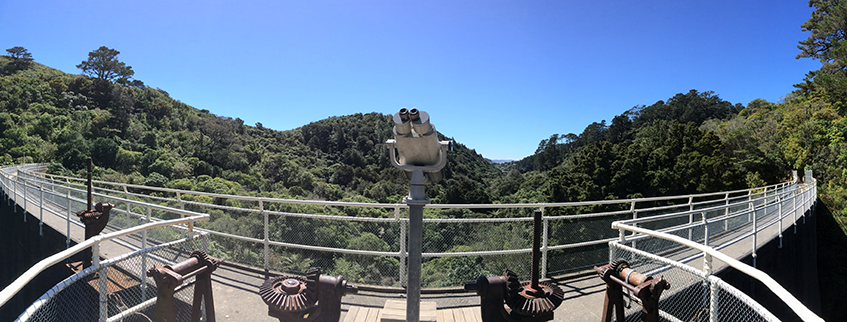In 2017 I did lots of reading and thinking about information seeking and navigation. I’ve written about it in the blog but never shared the resources that I was prototyping. These are still work(s) in progress. But in the interests of sharing a work in progress that might inspire your work (because this is definitely built on the back of the work of others) – here are some of the tools I developed to get teams thinking about the way people seek and use information.
Postcards – to describe my information seeking modes. I also created a tetrahedron of the model as another way for people to physically ‘get to grips’ and play with the model. The postcards include an estimate of an ‘information to affordance’ ratio which might help designers to understand the primary need of users for each behaviour – are you primarily creating a control and link or conveying information…
Cards – to describe information-seeking strategies. These can be used to create prototype user journeys.
Templates to describe information seeking behaviours – made up of strategies and behaviours. These form framing scenarios in which to identify needs and behaviours – which you can then create designs to meet.
The idea was to document a set of behaviours (based on research of your audience). You could then consider how to meet the needs and audit whether pre-existing design patterns could meet the need, or whether something about the context required a new solution. The idea is that you can do some divergent exploration of how to meet information seeking needs and then converge around some measures of success. I like coherence, connections, efficiency and resilience from Pervasive Information Architecture to provide questions around what good might look like and how we contribute to a sense of place.
I’m also sharing materials for a workshop I’ve run a few times where we’ve used some of these materials. Notes are included on slides just to give a little more context – but it might not make much sense without the facilitation around it 🙂
This is all work in progress. It’s fair to say that these materials and ideas are to a large extent just a combination of existing models and ideas from the work of Marcia Bates, David Ellis, Chun Wei Choo who have described behavioural models of information seeking. The ace Donna Spencer related this to IA and UX with her description of ‘four modes’. Morville and co. cover it in the polar bear book and elsewhere. Resmini and Rosati provided some inspiration for measures of success in Pervasive Information Architecture. My focus was on combining these ideas to create tools that UX designers (at the BBC) could use to consider and design navigation elements – particularly with a view to our design system and Global Experience Language.
I picked up additional information in Looking for Information and Martin White (@IntranetFocus on Twitter) recommended Designing the Search Experience. (ThoughI haven’t read that one yet).
This page exists because of some interest in the work on Twitter – I wouldn’t usually externally share work at this stage of draft. But if useful, feel free to use this practically or as inspiration for your own work. If you do use it, it would be lovely if you’d let me know – it’s all shared under the assumption of an attribution and sharealike license.
